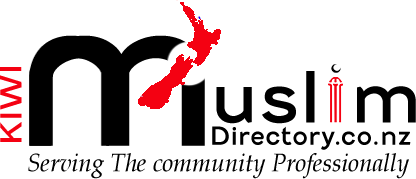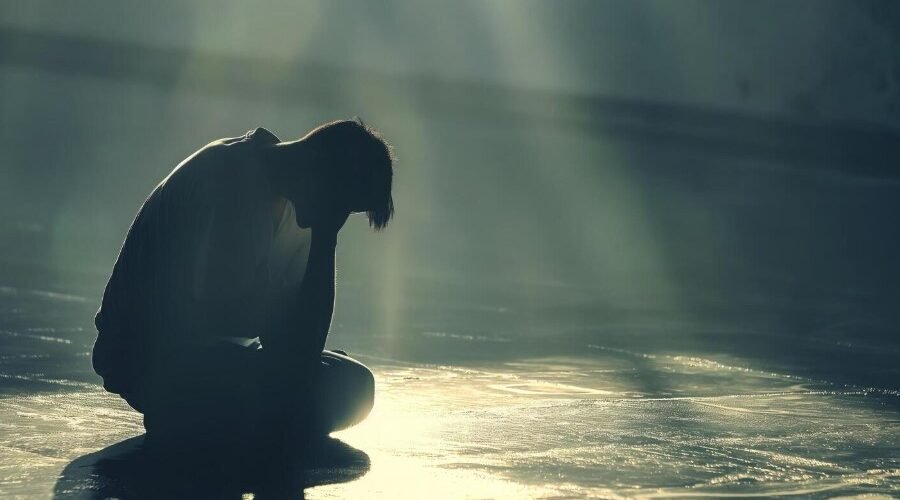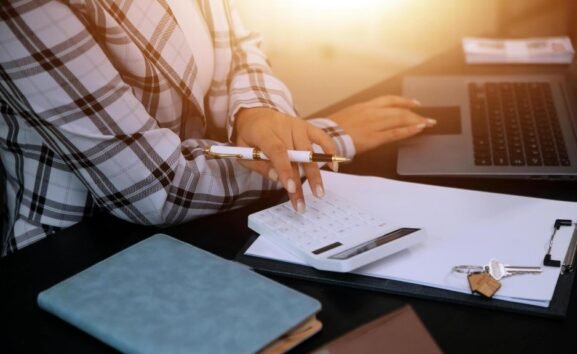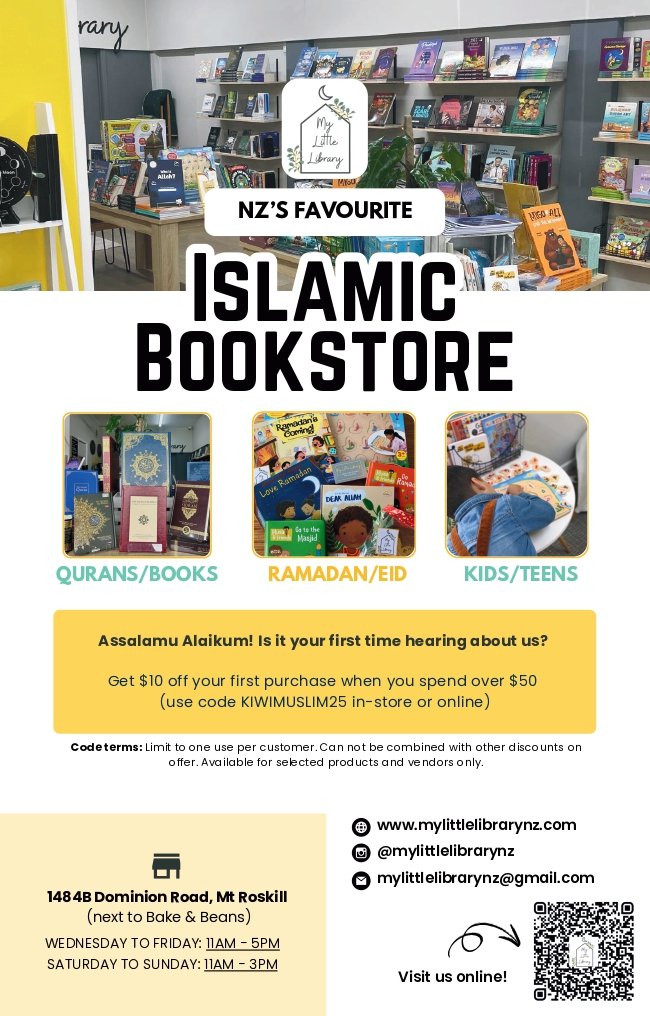Dealing with Trauma – Muslim Trauma and Mental Health Model Combining Western, Maori and Islamic Theory
DEALING WITH TRAUMA
Muslim Trauma and Mental Health Model Combining Western, Maori and Islamic Theory
What is Trauma? “An aftermath overwhelming force”- either that of nature or by human leaving stressful/ disturbing experience(s) that overwhelms the individual’s sense of control, connection, and meaning; leaving them unsafe, helpless, emotionally overwhelmed and unable to cope. For example, 15th March, 2019 – Terrorist attack in Christchurch mosques.
What is Mental Health? A person’s condition with regard to their psychological and emotional well-being for example, anxiety, depression, sleeps paralysis, and addiction.
The POI Model
Islamic Trauma Healing– A Community- Led Model
My experience in attending mosques and workshops in Muslim community has directed me towards community-led model. The inclusive areas of the POI, The Muslim Poi (Green Colour)
The Poi shifts the thinking and focus of traumatized person. It’s a Sensory, A movement, a visual model encompasses the Seen and Unseen paradigm.
The Muslim Poi contains Fitrah (Original Purity), Strengths Based- which means people are viewed positively as resourceful and resilient and their inner value is emphasized.
Commanding Self ((al-nafs al-ammarah), locus of egoistic drives and having tendency towards gratifying biological needs.
Reproachable Self (al-nafs allawwamah)- A developmental stage above the lower self which instils a sense of conscience, self-awareness and reflection that discourages negative behaviour.
Contented Self ((al-nafs al-mutma’innah) is the superior level of the self and is achieved when a person is free from the lower self and aspires to the highest levels of spiritual balance. Liberating oneself from the lower self- initiates the process towards actualizing one’s fitra, which is a fundamental goal of personal and spiritual growth in Islam. It allows for the convergence of the soul, the heart and the different levels of the self to be resolved or aligned, and thereby constant God-consciousness and inner divine unity are attained.
This compares to Western psychoanalysis, Freudian identity, and Ego, superego personality structure and with Jungian analysis because of the dynamic interplay of the intrinsic forces of the psyche in the integration of the personality.
- The POI model backs up Bronfenbrenner’s ecological systems, attachment theory; many other theories including the 3 child and Adult model of recovery (Integrated and Fragmented self)..
- The community building rituals/ Connection to community (Sharing meals, narratives on experiences, running of workshops).
- Spiritual preparation (Increased supplications by Imam/leaders in masjids)
- Hadith (Narrations of Prophet’s experiences on adversities)
- Increasing connection to Allah.
Aligns with Maori Poi (Red Colour) : To deal with Mauri Moe state (social Issues, uncertainty) to Mauri Oho state (Support, intervention, services) and the goal of Mauri Ora (Wellbeing).
This POI can be used for combined western counselling and psycho- therapies such as:
- Mind Stillness/ Mindfulness/ Meditation
- Somatic Experiencing
- EMDR (Eye Movement Desensitization and Reprocessing)
- Cognitive-behavioral therapy- and Artistic expressions.
A cross- cultural understanding for Muslim- for culturally relevant coping behaviours recognized as central to successful Trauma- focussed care for main-stream organization.
Jasmine Faiza, Counsellor/Social Worker (Student)
Published in 11th Edition – 2020





